3D printed cars are the future. But are they safe?
This new manufacturing process has a lot of upsides, but a few big downsides we can't ignore
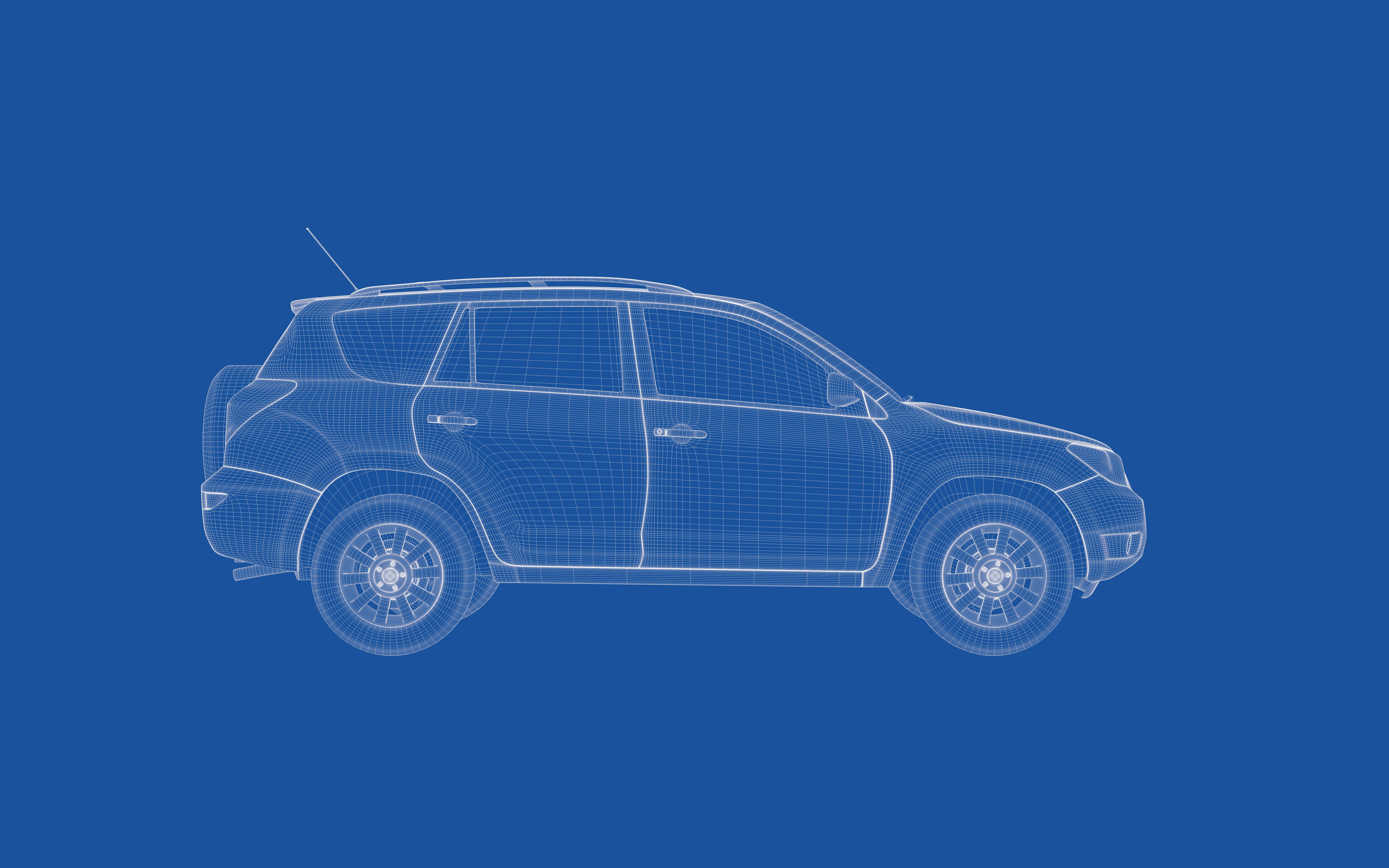

Ford recently announced a new and ambitious plan to start 3D printing large-scale car parts using a printer called the Stratasys Infinite Build 3D.
Why print car parts, you ask? Ford says it could make the manufacturing process more efficient and more affordable. Printed parts can be lighter in weight, and made to fit a specified length or shape. This flexibility could aid considerably in replacing parts for older models, as well as present and future ones. Indeed, with the 3D printing industry expected to approach a value of $9.6 billion by 2020, it's no surprise that some titans of industry are already taking the technology seriously.
A decade ago, the notion of 3D printing was scoffed at by many big businesses. Now, 3D printing machines are available for less than $1,000. The industry's growing accessibility makes the trajectory of 3D printing new kinds of products very optimistic. And 3D printing could have a lot of benefits for the car industry.
The Week
Escape your echo chamber. Get the facts behind the news, plus analysis from multiple perspectives.

Sign up for The Week's Free Newsletters
From our morning news briefing to a weekly Good News Newsletter, get the best of The Week delivered directly to your inbox.
From our morning news briefing to a weekly Good News Newsletter, get the best of The Week delivered directly to your inbox.
For example, it could actually make it easier to buy a car. The average price of a used car increased by $10,000 in the past decade and, in a struggling economy, that increase can make it difficult for many families to afford newer and more reliable vehicles. 3D printing could offer a way to reduce auto prices, making cars more affordable to consumers.
It could also make for greater fuel efficiency. 3D printed automobile parts are going to weigh less than their counterparts — meaning that tank of gas can go a little bit further. French commercial truck and military vehicle manufacturer Renault is working on an additive manufacturing process that uses metal 3D printing for lighter engines. Their DTI 5 4-cylinder Euro 6-step C engine, created solely with a 3D printer, is 25 percent lighter and has 200 fewer parts.
Another fun aspect of 3D printed automobile parts is their adaptability and personalization. Since 3D printing uses a computer program with specified sizes and parts, it's possible to equip most existing vehicles with 3D printed material if designed properly.
Plus, the process of designing new models or car parts could be streamlined. Right now, an engineer creates a model on a computer, then, weeks or months could pass before the prototype tooling is actually created. This time-consuming process could be detrimental for all parties. With a 3D printer, this work could instead take days and cost substantially less. Time is money in business, so this is a sure benefit.
A free daily email with the biggest news stories of the day – and the best features from TheWeek.com
So, this all sounds very positive. But are there downsides to 3D printing cars?
Yes. First of all, 3D printing may be more cost-effective when it comes to producing a few cars, but as volume grows, there are natural constraints. For larger-scale vehicles and parts, traditional methods are likely to remain superior, at least for now.
There are also quality concerns. Understandably, when purchasing a heavy vehicle, safety is one of the first priorities for buyers. Ford will continue to test the overall process of 3D printing cars at their Research and Innovation Center, but right now, the safety aspect is still up in the air. Consumers are right to wonder if this essentially translates into cutting corners.
As of yet, there has been no formal study demonstrating that 3D printed parts are any less safe, but consumers will likely have to put their trust in the process and manufacturer if they want to be one of the first to embrace 3D printed automobile parts.
And what about the environment? Although 3D printing seems to promote fuel efficiency, the actual machines have a tendency to produce a lot of energy and release unhealthy air emissions. A 2013 study found that 3D printers emitted potentially harmful, nano-sized particles. 3D printing machines do vary, though, and despite these early misgivings, the other benefits of 3D printing will likely drive the industry to improve the environmental performance as the technology continues to mature.
As with any emerging industry, it's also important to monitor the potential monopolization of the 3D printing industry. If just a few companies have full control over the market, manufacturers may be forced to ante up more funds — a tactical decision that will raise prices for the consumer. The best way to keep costs low is to ensure there's competition in the 3D printing field.
Ford's hope, no doubt, is that 3D printing car parts will be a win for all parties. Whether or not this occurs remains to be seen, though the continuing rise of 3D printing and its imminent and likely substantial role in the automobile industry is something to keep both eyes on.
Kayla Matthews is a technology journalist and writer, contributing to The Week as well as publications like VentureBeat, Motherboard, and MakeUseOf. She is also the owner and editor of the productivity and tech blog Productivity Bytes.
-
 Political cartoons for December 14
Political cartoons for December 14Cartoons Sunday's political cartoons include a new White House flag, Venezuela negotiations, and more
-
 Heavenly spectacle in the wilds of Canada
Heavenly spectacle in the wilds of CanadaThe Week Recommends ‘Mind-bending’ outpost for spotting animals – and the northern lights
-
 Facial recognition: a revolution in policing
Facial recognition: a revolution in policingTalking Point All 43 police forces in England and Wales are set to be granted access, with those against calling for increasing safeguards on the technology
-
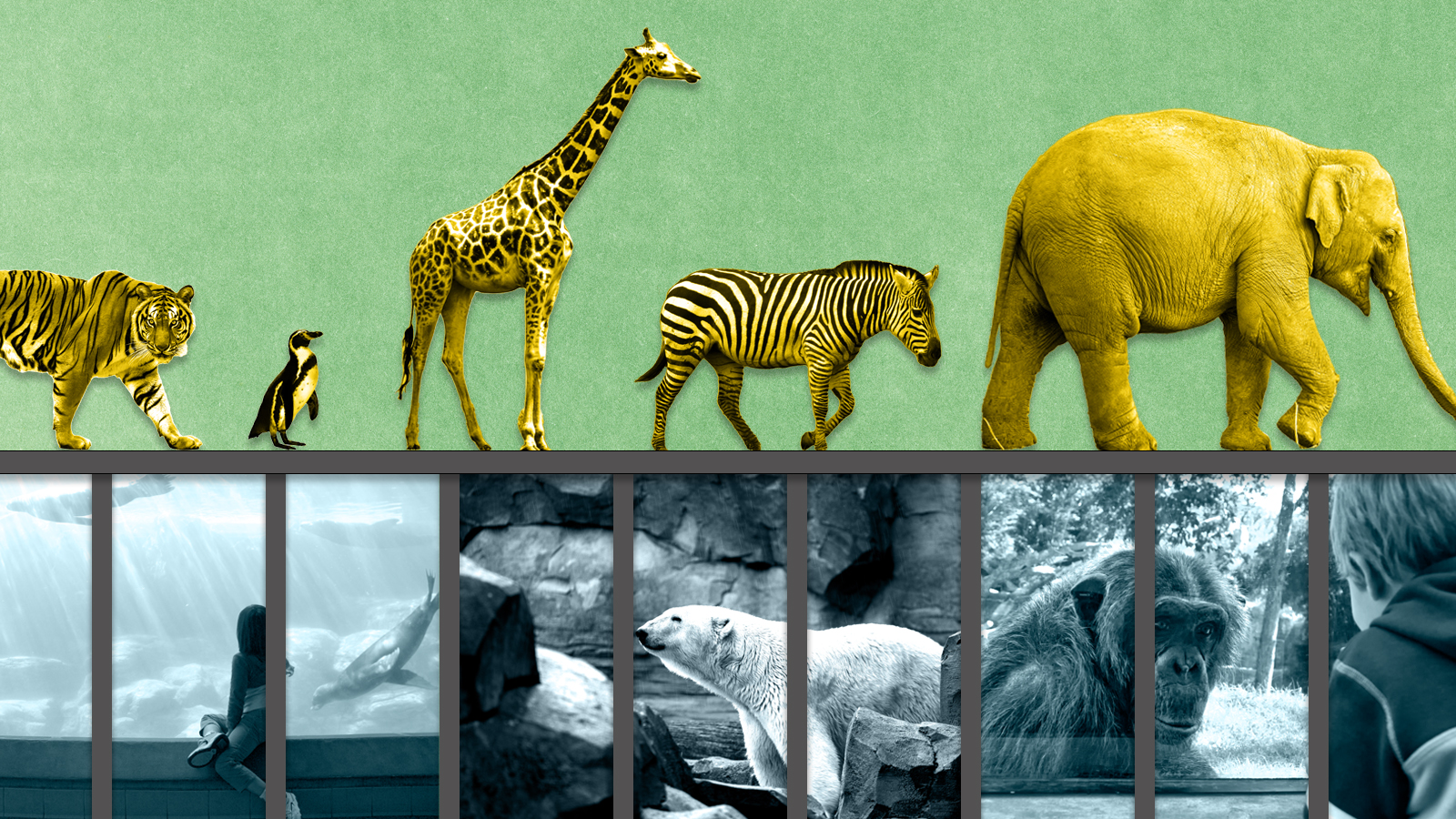 Are zoos ethical?
Are zoos ethical?The Explainer Examining the pros and cons of supporting these controversial institutions
-
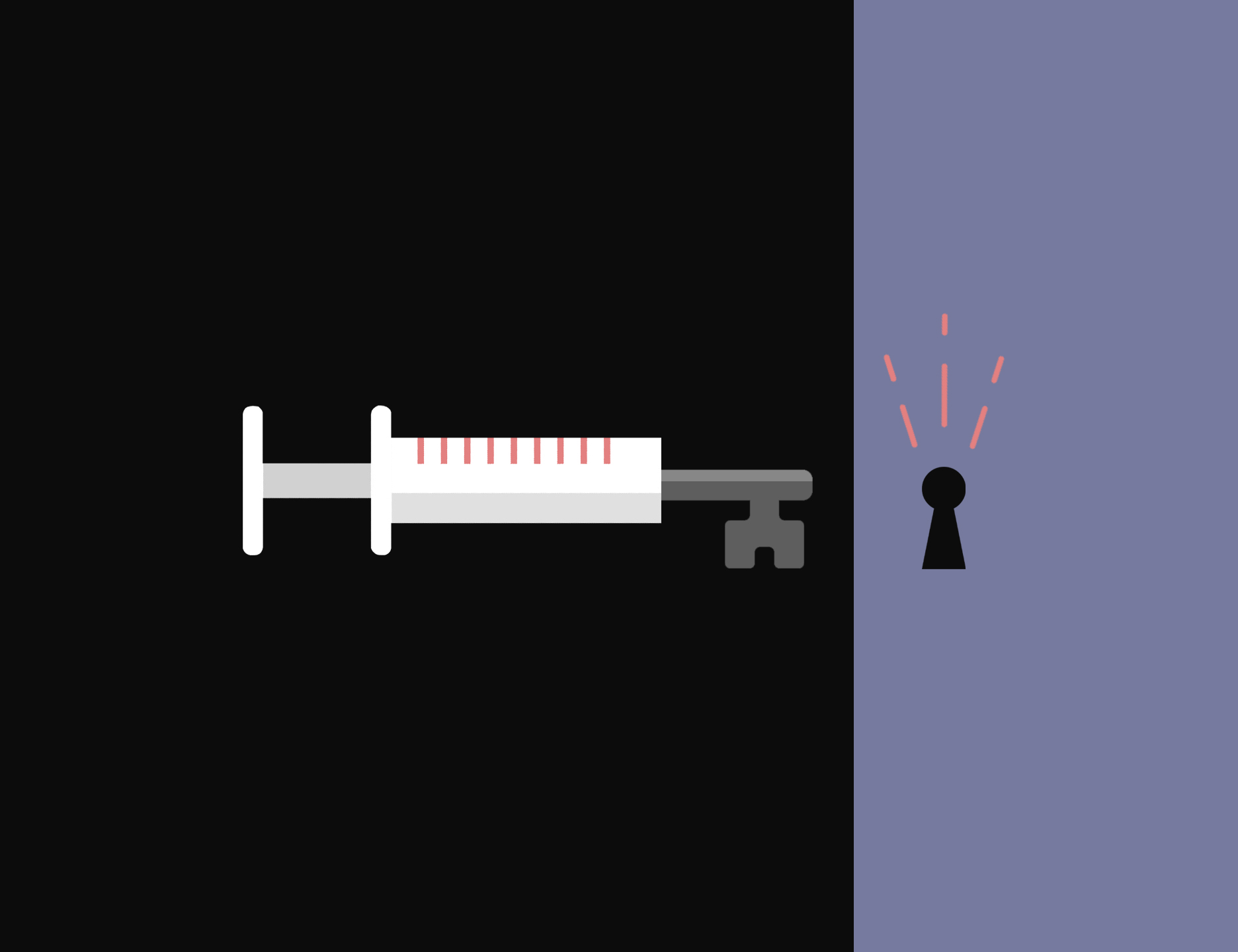 Will COVID-19 wind up saving lives?
Will COVID-19 wind up saving lives?The Explainer By spurring vaccine development, the pandemic is one crisis that hasn’t gone to waste
-
 Coronavirus vaccine guide: Everything you need to know so far
Coronavirus vaccine guide: Everything you need to know so farThe Explainer Effectiveness, doses, variants, and methods — explained
-
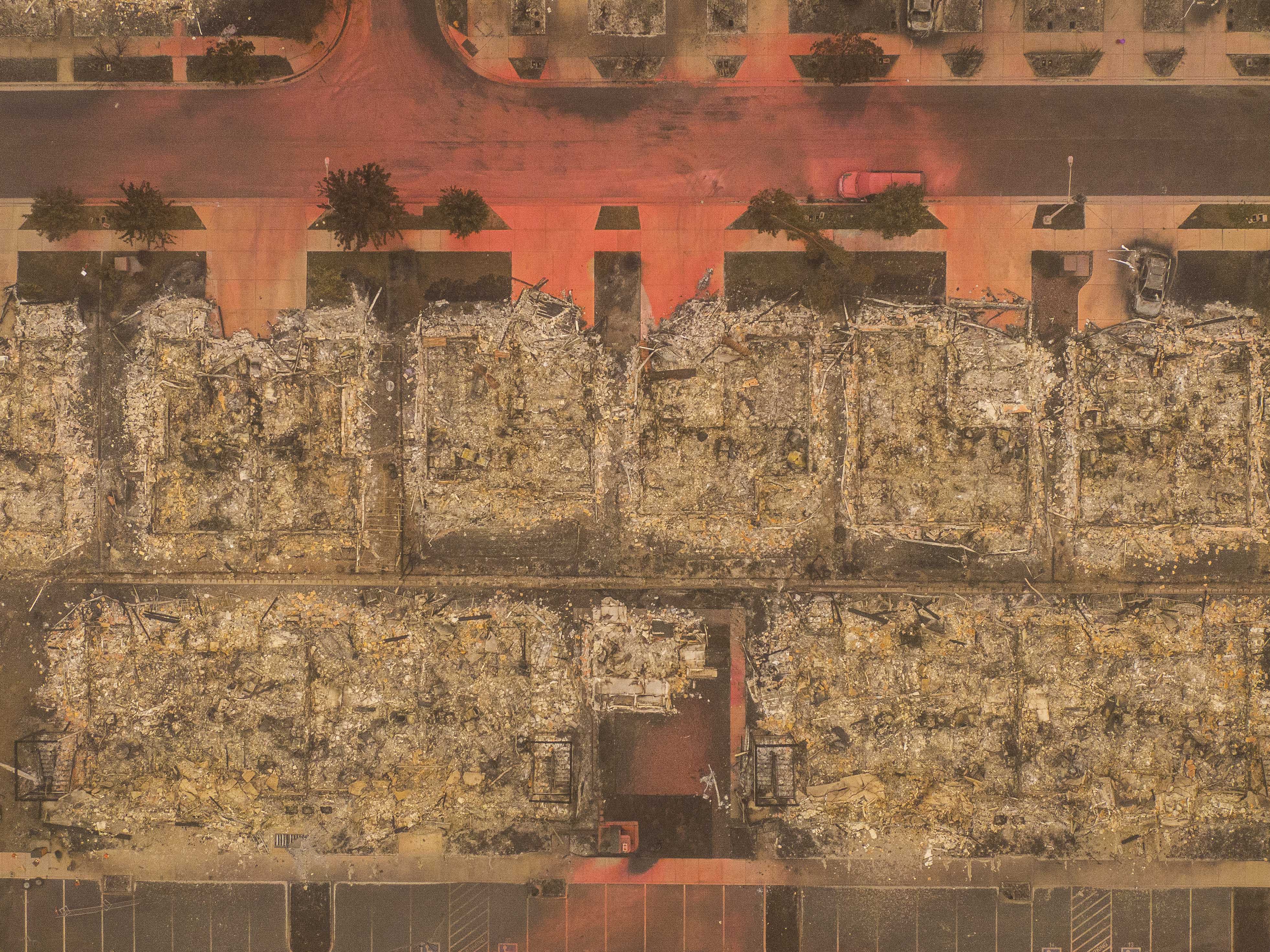 The climate refugees are here. They're Americans.
The climate refugees are here. They're Americans.The Explainer Wildfires are forcing people from their homes in droves. Where will they go now?
-
 Coronavirus' looming psychological crisis
Coronavirus' looming psychological crisisThe Explainer On the coming epidemic of despair
-
 The growing crisis in cosmology
The growing crisis in cosmologyThe Explainer Unexplained discrepancies are appearing in measurements of how rapidly the universe is expanding
-
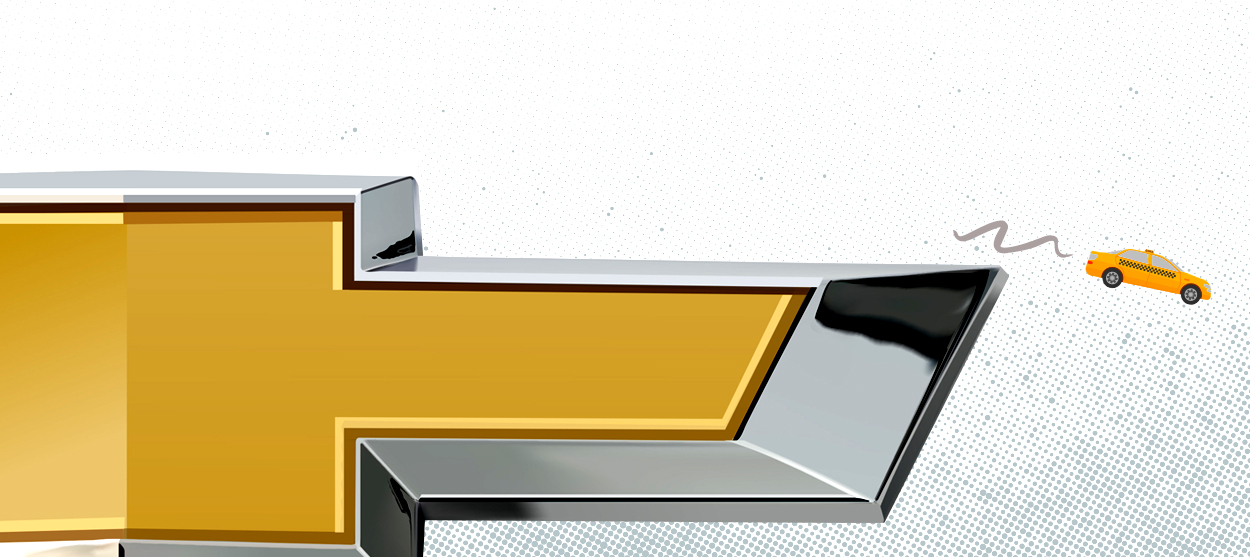 What if the car of the future isn't a car at all?
What if the car of the future isn't a car at all?The Explainer The many problems with GM's Cruise autonomous vehicle announcement
-
 The threat of killer asteroids
The threat of killer asteroidsThe Explainer Everything you need to know about asteroids hitting Earth and wiping out humanity

